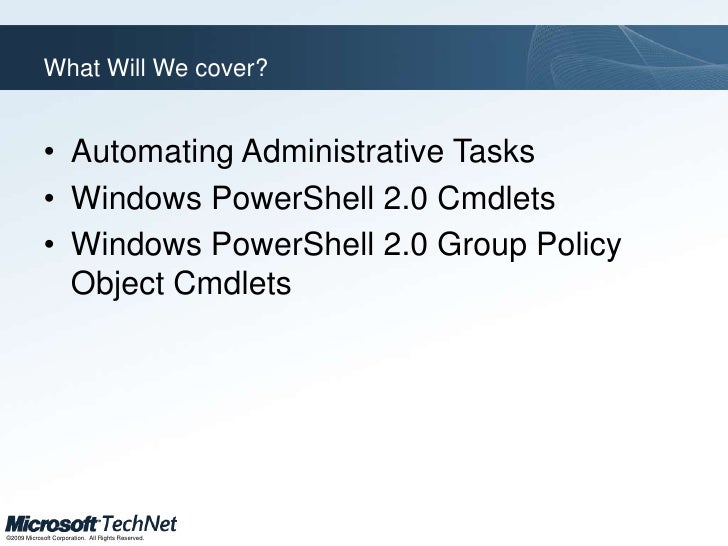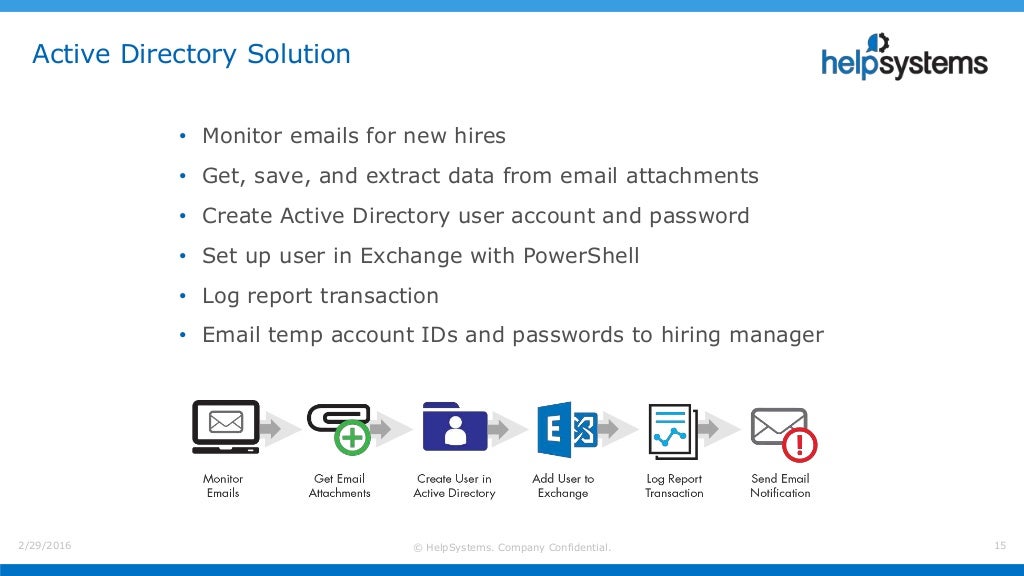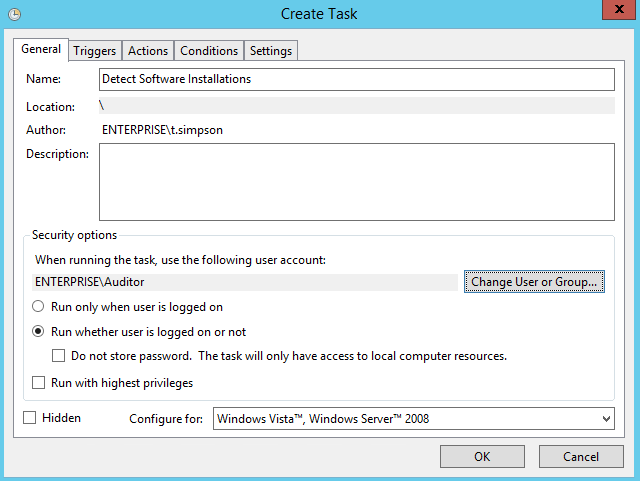

- WINDOWS POWERSHELL AUTOMATING USER PROVISIONING DON JONES UPDATE
- WINDOWS POWERSHELL AUTOMATING USER PROVISIONING DON JONES FULL
- WINDOWS POWERSHELL AUTOMATING USER PROVISIONING DON JONES PC
- WINDOWS POWERSHELL AUTOMATING USER PROVISIONING DON JONES WINDOWS
After it fails three times:Īfter you’ve resolved the root cause of the error, you can manually trigger a retry of the provisioning process by pressing the Retry button in the error dialog.
WINDOWS POWERSHELL AUTOMATING USER PROVISIONING DON JONES PC
When a Cloud PC provisioning fails, it’s retried automatically two times. It’s best practice to avoid any policy targeting overlaps to ensure consistent provisioning. If a user is assigned to more than one provisioning policy, provisioning honors the first assigned provisioning policy and ignores all others. Provisioning policies are assigned to user groups so there’s the possibility of overlapping groups/users. When the grace period expires, the Cloud PCs are deleted automatically. Removing the targeting of a provisioning policy that was used for successful Cloud PC provisioning puts the Cloud PCs into a grace period. Deleting a provisioning policyĪ provisioning policy can only be deleted if it’s not assigned to any Azure AD groups.
WINDOWS POWERSHELL AUTOMATING USER PROVISIONING DON JONES UPDATE
If a provisioning policy name is changed, it doesn't update the Cloud PC name under All Cloud PCs, and doesn't update the enrollmentProfileName in Azure AD. Changes to a provisioning policy will only be applied to Cloud PCs that are provisioned or reprovisioned after the changes. Such changes aren't applied to previously provisioned Cloud PCs. Changes to provisioning policiesĪfter the provisioning of a Cloud PC is complete, it doesn't reoccur unless you manually perform a reprovision.Ĭhanges made to any part of a provisioning policy don't trigger a reprovision. However, any newly provisioned (or reprovisioned) Cloud PCs reflect the updated settings.
WINDOWS POWERSHELL AUTOMATING USER PROVISIONING DON JONES WINDOWS
Without this information, Windows 365 can’t provision the Cloud PCs.Īfter you’ve created the provisioning policy, Windows 365 handles all of the provisioning process to automatically get licensed users their own Cloud PCs.Ĭhanging these configurations doesn’t impact any previously provisioned Cloud PCs. If a user is later added to the user groups, they also get a Cloud PC. Windows 365 automatically provisions a Cloud PC for each licensed user in the policy’s Azure AD user groups.


Within a policy, you provide details for the network, the image used to create each Cloud PC, and an Azure Active Directory (Azure AD) user group. The provisioning policies are the engines that build, configure, and make Cloud PCs available to end users.
WINDOWS POWERSHELL AUTOMATING USER PROVISIONING DON JONES FULL
Any given user and license pair can only have one Cloud PC provisioned for them.Īt a high level, the full provisioning process looks like this: Provisioning is a one-time per user and per-license process. Then, users who have a Windows 365 license and match the configuration details automatically have a Cloud PC provisioned for them. Completes other tasks that prepare it to be used.Īdmins need only provide a few configuration details to set up the provisioning process.Provisioning in Windows 365 is the automated process that:


 0 kommentar(er)
0 kommentar(er)
